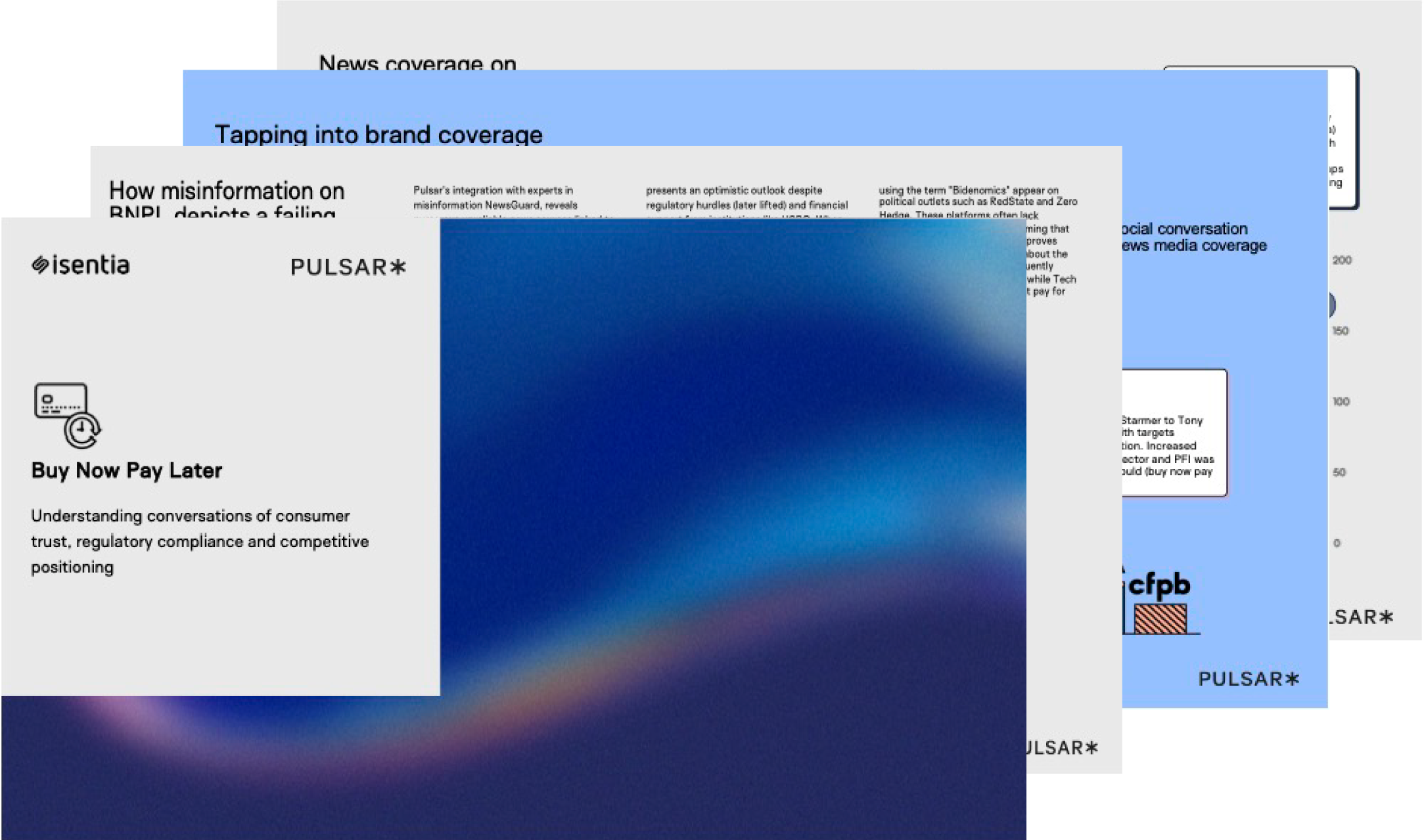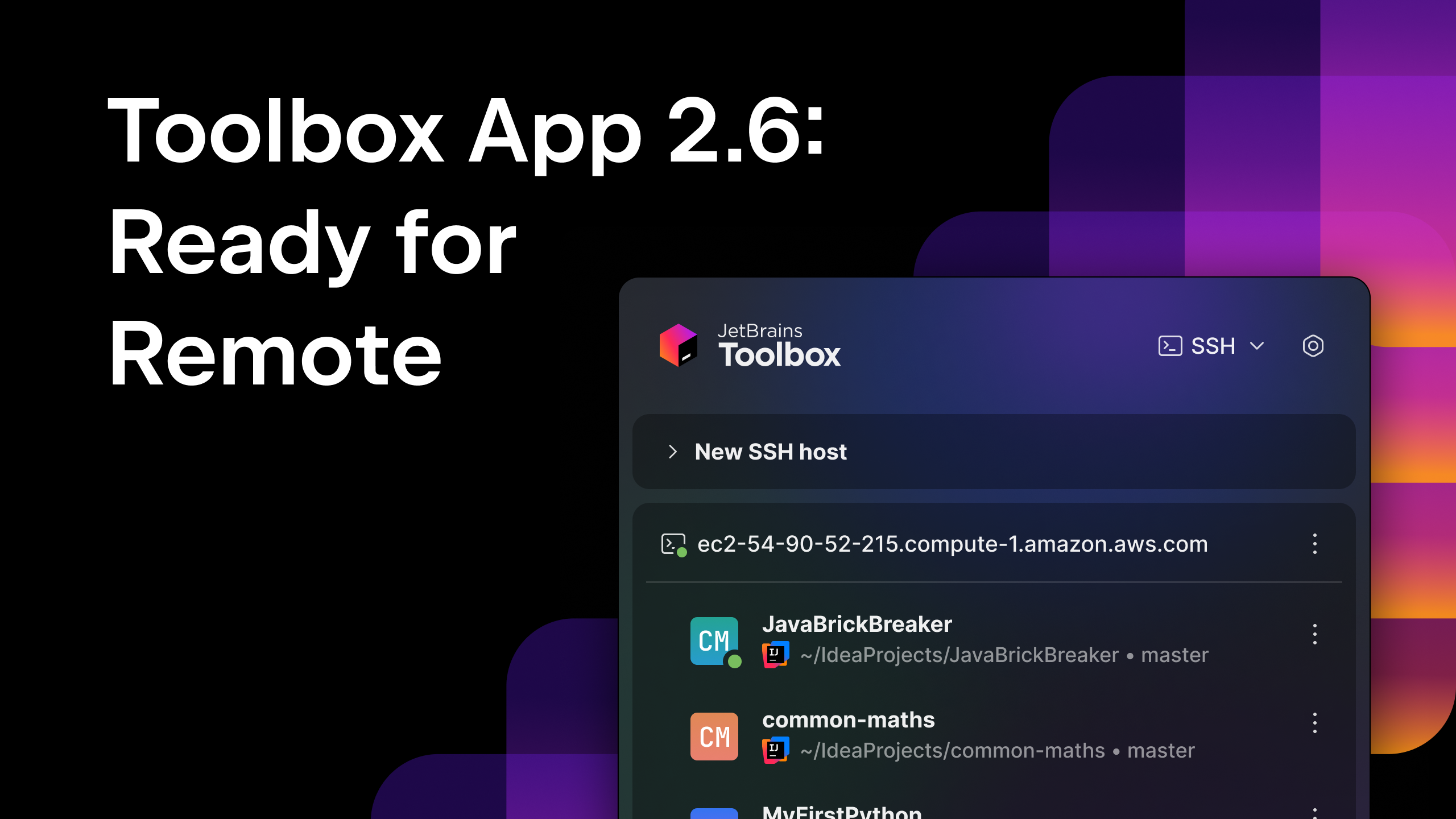React: The Superpower Behind Seamless User Experiences
When I first stumbled upon React, I was coming from a VueJS background, and I had no idea it would become my go-to weapon for building delightful, scalable, and high-performance applications. It wasn’t love at first sight, considering the number of hooks you have to get familiar with—more like a “hmm, let’s see what this can do” moment. Fast forward a few years, and I’ve built everything from fintech dashboards to high-traffic web apps, all powered by React. At Moniepoint, React is one of the tools that plays a crucial role in ensuring our users get a fast, intuitive, and seamless experience. But what exactly makes React such a game-changer for frontend development? Let’s break it down. The React Magic: Why It’s a UX Powerhouse Component-Based Architecture: The LEGO Bricks of UI Imagine trying to build a house with a single massive brick—impossible, right? React fixes this by letting us build UIs with modular, reusable components. Need a button? Create a component once and use it everywhere. This keeps the codebase DRY (Don’t Repeat Yourself) and ensures a consistent experience across our applications. Virtual DOM: The Secret Sauce for Speed React’s Virtual DOM is like a highly efficient assistant that tracks changes in your app and only updates what’s necessary. Instead of reloading an entire page when a user performs an action, React surgically updates only the affected parts. This results in: ✅ Faster load times ✅ Smoother interactions ✅ Happier users State Management: Keeping Everything in Sync A well-structured state management system ensures that when something changes in one part of an app, everything else stays in sync. Tools like React’s built-in useState and useReducer, or more advanced options like Zustand and Recoil, help us manage state without losing our sanity. Server-Side Rendering (SSR) & Static Site Generation (SSG): Performance on Steroids At Moniepoint, performance isn’t just a nice-to-have—it’s a necessity. React, combined with Next.js, allows us to serve pre-rendered pages quickly with SSR and SSG, improving both SEO and load speeds. This means:

When I first stumbled upon React, I was coming from a VueJS background, and I had no idea it would become my go-to weapon for building delightful, scalable, and high-performance applications. It wasn’t love at first sight, considering the number of hooks you have to get familiar with—more like a “hmm, let’s see what this can do” moment. Fast forward a few years, and I’ve built everything from fintech dashboards to high-traffic web apps, all powered by React.
At Moniepoint, React is one of the tools that plays a crucial role in ensuring our users get a fast, intuitive, and seamless experience. But what exactly makes React such a game-changer for frontend development? Let’s break it down.
The React Magic: Why It’s a UX Powerhouse
Component-Based Architecture: The LEGO Bricks of UI
Imagine trying to build a house with a single massive brick—impossible, right? React fixes this by letting us build UIs with modular, reusable components. Need a button? Create a component once and use it everywhere. This keeps the codebase DRY (Don’t Repeat Yourself) and ensures a consistent experience across our applications.Virtual DOM: The Secret Sauce for Speed
React’s Virtual DOM is like a highly efficient assistant that tracks changes in your app and only updates what’s necessary. Instead of reloading an entire page when a user performs an action, React surgically updates only the affected parts. This results in:
✅ Faster load times
✅ Smoother interactions
✅ Happier usersState Management: Keeping Everything in Sync
A well-structured state management system ensures that when something changes in one part of an app, everything else stays in sync. Tools like React’s built-in useState and useReducer, or more advanced options like Zustand and Recoil, help us manage state without losing our sanity.Server-Side Rendering (SSR) & Static Site Generation (SSG): Performance on Steroids
At Moniepoint, performance isn’t just a nice-to-have—it’s a necessity. React, combined with Next.js, allows us to serve pre-rendered pages quickly with SSR and SSG, improving both SEO and load speeds. This means:











































































































































































![[The AI Show Episode 144]: ChatGPT’s New Memory, Shopify CEO’s Leaked “AI First” Memo, Google Cloud Next Releases, o3 and o4-mini Coming Soon & Llama 4’s Rocky Launch](https://www.marketingaiinstitute.com/hubfs/ep%20144%20cover.png)





































































































































































































![Blue Archive tier list [April 2025]](https://media.pocketgamer.com/artwork/na-33404-1636469504/blue-archive-screenshot-2.jpg?#)
































.png?#)









-Baldur’s-Gate-3-The-Final-Patch---An-Animated-Short-00-03-43.png?width=1920&height=1920&fit=bounds&quality=70&format=jpg&auto=webp#)




































































































































![Nanoleaf Announces New Pegboard Desk Dock With Dual-Sided Lighting [Video]](https://www.iclarified.com/images/news/97030/97030/97030-640.jpg)

![Apple's Foldable iPhone May Cost Between $2100 and $2300 [Rumor]](https://www.iclarified.com/images/news/97028/97028/97028-640.jpg)
![Apple Releases Public Betas of iOS 18.5, iPadOS 18.5, macOS Sequoia 15.5 [Download]](https://www.iclarified.com/images/news/97024/97024/97024-640.jpg)




































































































































